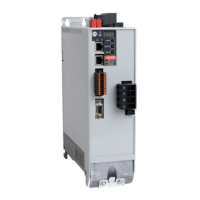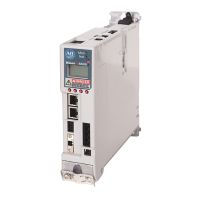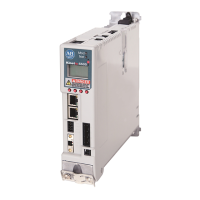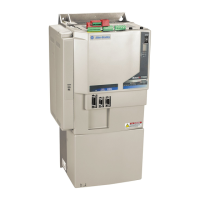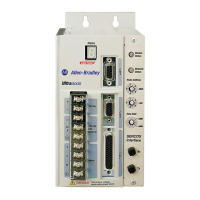Rockwell Automation Publication 2198-UM005C-EN-P - February 2022 209
Appendix C Motor Control Feature Support
Flux Up AC induction motors require that flux builds in the motor stator before
controlled torque can develop. To build flux, voltage is applied. There are two
methods to flux the motor and three configurable FluxUpControl settings.
With the No Delay setting (normal start), flux is established when the output
voltage and frequency are applied to the motor. While flux is building, the
unpredictable nature of the developed torque can cause the rotor to oscillate
even though acceleration of the load can occur. In the motor, the acceleration
profile does not follow the commanded acceleration profile due to the lack of
developed torque.
Figure 106 - Acceleration Profile during Normal Start - No Flux Up
With the Automatic setting (default) DC current is applied to the motor so that
flux builds before rotation. The flux-up time period is based on the level of flux-
up current and the rotor time constant of the motor. The flux-up current is not
adjustable.
In the Manual setting, DC current is applied to the motor so that flux builds
before rotation. The flux-up time period is determined by the FluxUpTime
attribute. The flux-up current is not adjustable.
Figure 107 - Flux Up Current versus Flux Up Time
Once rated flux is reached in the motor, normal operation can begin and the
desired acceleration profile achieved.
Stator
Rotor
Frequency
Reference
Rated Flux
Oscillation due to flux
being established.
Time
Frequency
Flux Up Current = Maximum DC Current
Rated Motor Flux
Motor Flux
Rated Flux
Current
Flux Up Time
T1
T2
T3
T4
Flux Up Current

